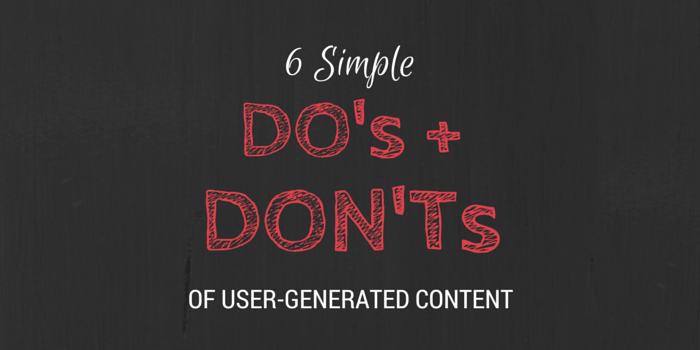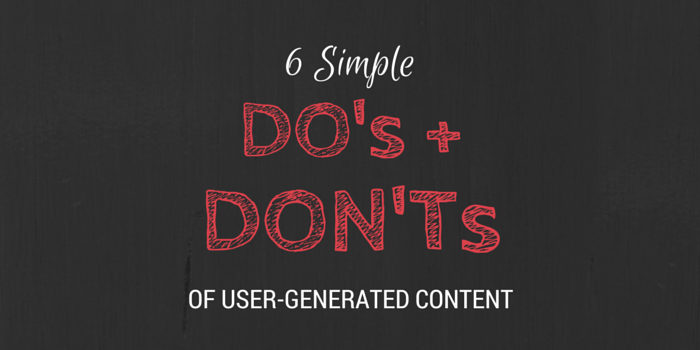 Op-Ed By: Lenny Goh, Director of Business Development.
Op-Ed By: Lenny Goh, Director of Business Development.
User-generated content. Social proof. #UGC. Whatever you’d like to call it, it’s extremely important.
Businesses are finally listening to their fans and realizing just how essential user-generated content is to their core business objectives. Just by paying attention to brand-relevant posts, they’re identifying brand advocates, learning about their customers and discovering loads of potential leads. It's a powerful feedback loop you should be taking advantage of.
But in a digital world dominated by complex copyright laws, many marketers are unsure about how to use brand-relevant fan content safely, ethically and legally.
But no need to stress! I’ve translated all that boring legal speak into this digestible post of six simple Do's and Don'ts of using fan content.
DO: Repurpose user-generated content
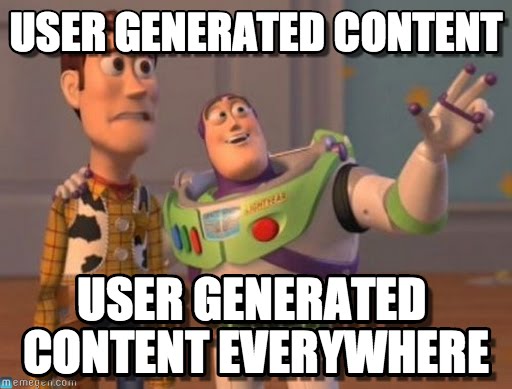
If you’re not capturing and showcasing user-generated content about your brand, event or product, you’re missing out! Market research has proven again and again that fans trust their friends, over brands. We’ve seen with our own clients that displaying fan posts on your homepage or at your event increases engagement while reducing negative comments on social. So don’t be paranoid and avoid using fan content, just do it right!
DO: Give credit to the original author
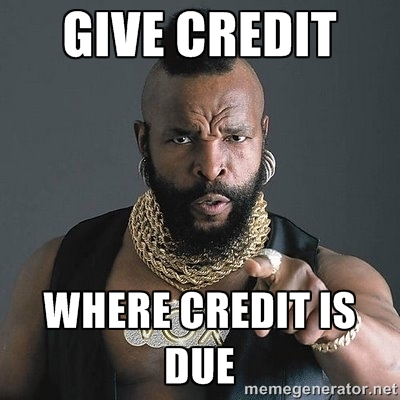
Seriously. Listen to Mr. T. I pity the fool...
Just like regular free use laws, it’s important that you publicly recognize from where and who you sourced your content. You can’t just copy someone’s post or photo and pretend it’s your own. But social media makes attribution easy! By embedding the original Tweet or using an aggregation tool like Stream, you automatically carry over the username and link to the original post onto your brand site. This not only adds awesome, authentic content to your website, but also gives the original author some extra visibility. Recognizing fan contributions helps you build authentic relationships that you can continue to grow and nurture.
DO: Use hashtags to get consent

If you’re especially concerned about receiving permission from your fans to repost their content, hashtags provide an easy solution. Simply create a very unique, specific hashtag and tell fans that they can tag their photos or posts with it to be considered in your curation. Tons of brands do this - Herschel Supply's #WellTraveled and Travel Alberta's #ExploreAlberta are some excellent examples.
PRO TIP: Instagram now allows you to hashtag emojis. Jump on it and be the first to own a fun emoji tag as part of your content strategy.
Using this method covers even enterprise brands with thorough legal requirements. Just make sure your hashtag is unique, so fans don’t unknowingly include it in their (unrelated) posts.
DON’T: Publicly share private content
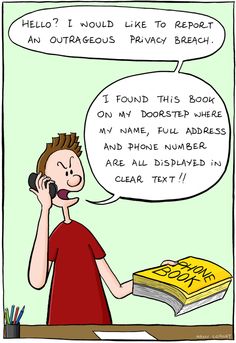
Social media is divided into public and private networks. Twitter, Flickr, YouTube, Facebook Public Topics and Instagram (public accounts) are public networks, where users understand and explicitly accepted that their posts were publicly available. Facebook (majority of user posts) and Instagram (private accounts) are private networks, where user data is protected. Never save or copy posts from a private network and republish them on a public forum. Just stick to sharing public posts on public networks. If you’re unsure whether a post is intended for public or private, simply ask the person who posted it before republishing!
DON’T: Ask for free professional content

In our information society, many people make a living crafting content on social media. Never ask artists or photographers (even your friends!) who create art as their livelihood to donate their content to your brand. Not all professionals care about the “visibility” on your website, brochure or book cover. If you want access to their work, buy it, pay them a licensing fee or barter a trade.
Finally - this should be obvious, but - never steal a photo or piece of content (by copying and pasting, or saving and republishing) off an artist or author’s website or social profile. That’s just not cool (or legal).
DON’T: Be evil or manipulative

I shouldn’t have to say this, but I will.
Use common sense when repurposing other people’s thoughts and experiences. Don’t ever alter or decontextualize fan comments. Don’t exploit (reuse) pictures of children or minors. And definitely don’t share personal pictures that contain nudity, illegal activities or traumatic experiences. Basically - don’t be like Joffrey.
Finally, if you’re ever unsure about whether or not to reuse someone’s content - go with your gut. When in doubt, ask permission. If it doesn’t feel right, don’t do it. You know your brand and your audience better than any blogger or advisor. Use your social media spidey senses and you’ll be fine.

